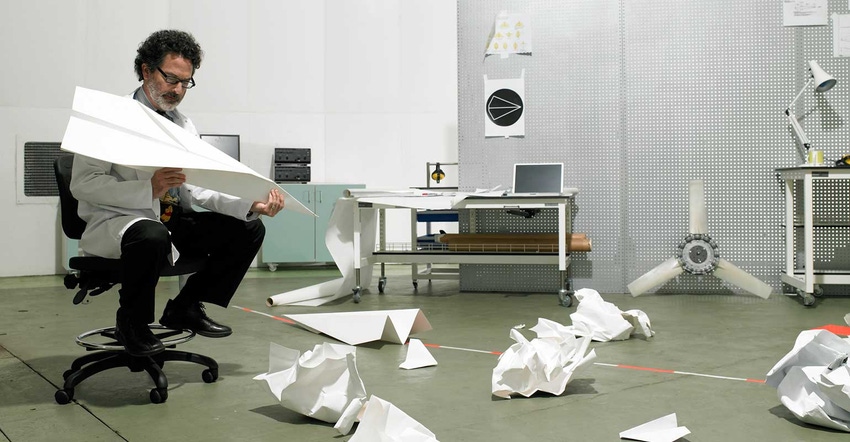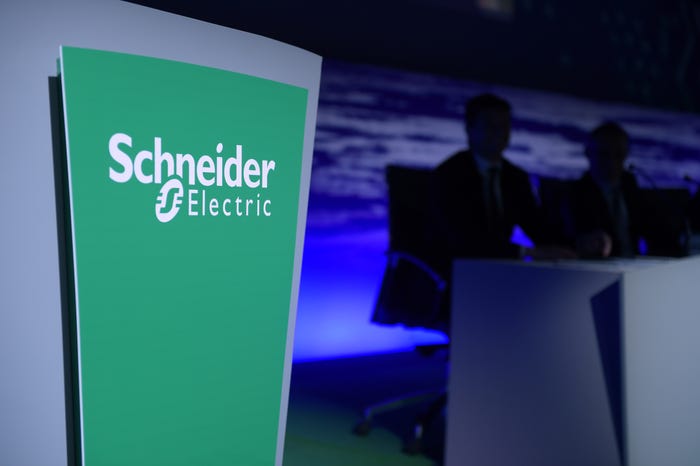Will there be 20 billion connected devices by 2020? Or 200 billion? While many projections related to the Internet of Things have focused on the future, a better approach might be make predictions based on how the technology is already changing the world.
September 2, 2016

“The future is already here — it's just not very evenly distributed,” said the oft-quoted cyberpunk prophet William Gibson.
There is certainly wisdom in that assessment. It is far more accurate to study the bleeding-edge of technology than to make predictions based on the billions of connected devices that might exist several years from now, and then assume what that world might look like.
Skeptics, hearing pie-in-the-sky projections related to the Internet of Things, conclude that the technology is overhyped. Some of them cite the tepid smart home market or the fact that the IoT business segment for tech giants is still relatively small. But companies that write off the Internet of Things risk being disrupted, says Tamara McCleary, Founder and CEO at Thulium.co who is also an IBM futurist.
The technology is already beginning to gain a foothold in industries ranging from automotive sector to retail. “We are in the middle of a science fiction novel right now and not even half of the world is connected,” says McCleary, who is giving a keynote address at IoT Emerge. In a recent interview, McCleary makes several predictions related to the Internet of Things that are simultaneously grounded in the present.
1. More Industries Will Get Uberized
Back in 2009, most taxi companies thought they had little to fear from a company known as UberCab that was founded by Garrett Camp, the founder of StumbleUpon, and Travis Kalanick, who worked at a startup named Red Swoosh. Fast forward to today and the company—which changed its name to Uber in 2010, has an implied valuation of $66 billion.
Expect this pattern to repeat itself with more companies as the Internet of Things gains steam and the number of entrepreneurs looking to “disrupt” conventional business models increases. “I think energy and utilities and banking are two of the next industries that will be upended unless they can catch on pretty quickly,” McCleary says.
Consider Tesla’s Powerwall, a solar-powered generator that offers consumers the ability to have a backup power source. “Imagine if you had enough to power your house, would you even need your utility company?” McCleary asks. “I think technologies like the Powerwall are a potential disruptor in the future for energy and utilities.”
Similarly, the need for brick-and-mortar banks is decreasing as online banking becomes the norm. “We don’t really need banks anymore,” McCleary says.
Supporting that point is a recent Bank of America survey, which found that 62 percent of people the bank’s customers prefer to bank online. More than half of respondents — 54 percent — use a mobile banking app. While there is still a significant number of people still visit brick-and-mortar banks, it is also expensive for banks to maintain neighborhood bank branches. Internet banks don't have that expense and can thus offer better interest rates, lower fees, and better overdraft protection.
Companies that leverage the Internet of Things will have a similar edge of their competitors because they will be able to cut waste, make data-driven decisions, and offer their customers new services.
2. The IoT Will Make Marketing Buzzwords a Reality
The goal of marketing is to attract and retain customers in moments where they are open to being influenced. There is, of course, no universal moment when a target audience is impressionable, so companies across industries are tapping into technologies like big data and the IoT in order to cater to select audiences.
Amazon and Netflix are early pioneers in this regard by recommending products and films tailored for specific users. Amazon’s recent IoT play is the dash button—designed to enable customers to order, say, dish detergent as soon as they notice they are running low.
Companies like Amazon and Netflix understand that marketing buzzwords like “customer experience” and “personalization” are not just abstract concepts. “The IoT is making marketing far more targeted,” McCleary says. “We will have the data to know what their needs, wants, desires and preferences are and anticipate what their needs will be.”
3. The Automotive Market Will Be Turned Upside Down
The average American sits in a car for about 100 minutes each day, according to Harvard Health Watch. Yet the basic experience of sitting in a car has changed little in past decades for most drivers.
But with the advent of self-driving cars, the focus on passengers’ experience is going to get much sharper, McCleary predicts. The benchmark for the automotive industry will no longer be about vehicle sales. They won’t care about what color the vehicle is or how many horsepower it has. “The focus will be on the things we put in the vehicles—the kinds of amenities that will that serve them as they are being driven around,” she says.
Instead of merely going from point A to B, cars can be programmed by the drivers to perform specific tasks. A car could pick up groceries or pick up food from a restaurant, as TechCrunch notes. Or, as Elon Musk predicts, once self-driving car technology is mainstream, car owners can make money by turning their vehicles into part-time robo-cabs.
4. Keeping Your Job Will Require an Entrepreneurial Mindset
Not long ago, many employees could simply show up at a job, perform a limited number of tasks, and then clock out for the day—working just hard enough not to get fired.
But with the quick growth of the Internet of Things, it becomes possible for a growing number of such occupations to be automated. The ability of employers to track workers’ productivity is also steadily improving.
“In the future, the individual will need to take responsibility for what they are doing at work,” McCleary explains. “I think having an entrepreneurial mindset is vital in the long run—even if you work at a giant company in the Fortune 15.”
“The era of looking busy at a job doesn’t work anymore because we can quantify what somebody has done versus what it looks like,” McCleary adds.
This advice applies to whole companies as much as it does individuals. Companies that are not lean and aggressively investing in their future risk being disrupted. “Already, there is this healthy paranoia within companies big, medium, and small who are looking at how to avoid getting disrupted by a smaller, more agile company,” McCleary says.
5. The IoT Will Redefine Relationships
While the Internet of Things grew out of the machine-to-machine communications, it is also providing new ways to drive communication between humans. Car makers, for instance, can now interact directly with drivers through their connected cars. And thanks to remote monitoring technology, doctors can keep tabs on the health of their sickest patients and let them know if they see something troubling, and the patient should come in for an office visit.
In addition, companies that build strong relationships with their customers can work to future-proof their business. “Energy and utilities need to get on social media. They need to start talking with their customers. They need to engage and give their companies a human look and feel,” McCleary says. “Banks are the same way.”
Industries that carefully study and interact with their customers can reduce the risk of having smaller, more-agile companies threaten their business. “The retail sector, for instance, probably is the first to understand disruption. I think they have a far greater handle on personalization, relevance, customer journey, and user experience because they were ahead of the game when online shopping took retail by storm offering consumers a new level of convenience.”
“In the end, I think everything is about relationships,” McCleary concludes. “It is human to human relationships, human to machine relationships, and machine to machine relationships, and then machine to human relationships. This is what we are going to navigate in the future—all of those relationships.”
About the Author(s)
You May Also Like


.png?width=700&auto=webp&quality=80&disable=upscale)
.png?width=300&auto=webp&quality=80&disable=upscale)


.png?width=300&auto=webp&quality=80&disable=upscale)